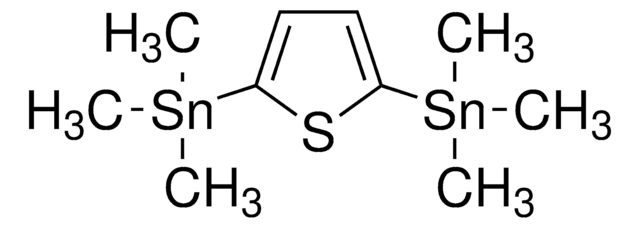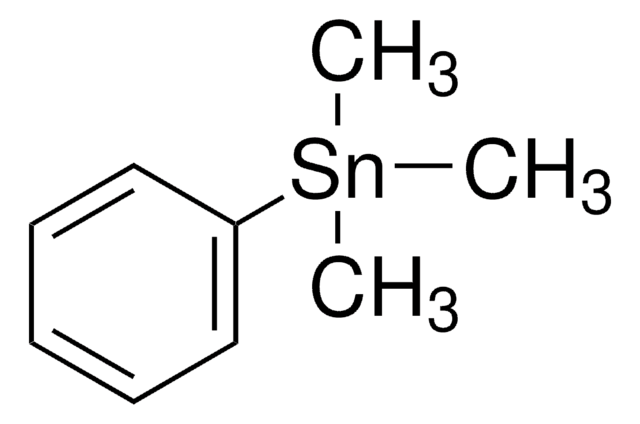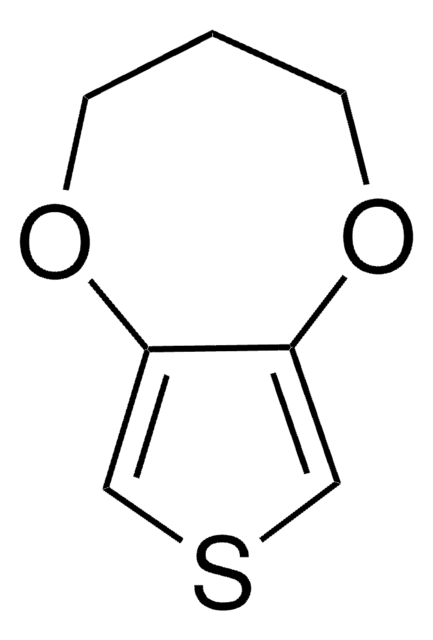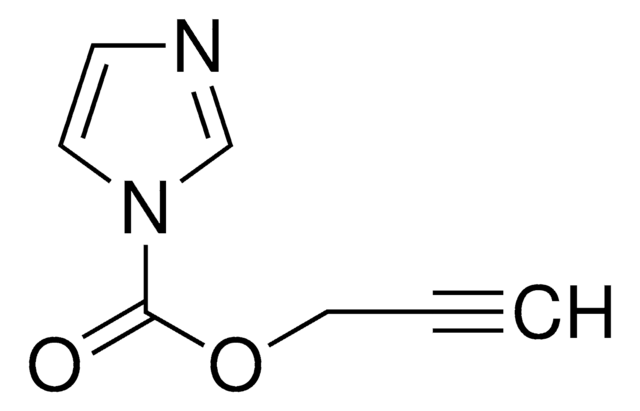AB9728
Anti-S100A12 Antibody
Chemicon®, from rabbit
Synonym(s):
EN-RAGE, Extacellular newly identified RAGE-binding protein, CAAF1, Calcium-binding protein in amniotic fluid-1, Calgranulin C, Calgranulin-related protein, CGRP, Cornea-associated antigen, CO-Ag
About This Item
Recommended Products
biological source
rabbit
Quality Level
antibody form
affinity isolated antibody
antibody product type
primary antibodies
clone
polyclonal
purified by
affinity chromatography
species reactivity
human
manufacturer/tradename
Chemicon®
technique(s)
ELISA: suitable
immunohistochemistry: suitable
western blot: suitable
UniProt accession no.
shipped in
dry ice
target post-translational modification
unmodified
Gene Information
human ... S100A12(6283)
Related Categories
General description
Foell, D. et al. (2003). Expression of the pro-inflammatory protein S100A12 (EN-RAGE) in rheumatoid and psoriatic arthritis. Rheumatol. 42:1383-1389.
Kaiser, T. et al. (2007). Faecal S100A12 as a non-invasive marker distinguishing inflammatory bowel disease from irritable bowel syndrome. Gut. 56:1706-1713.
Kosaki, A. et al. (2004). Increased plasma S100A12 (EN-RAGE) levels in patients with type 2 diabetes. J. Clin. Endocrinol. Metabol. 89:5423-5428.
Mori, Y. et al. (2009). Increased Plasma S100A12 (EN-RAGE) levels in hemodialysis patients with atherosclerosis. Am. J. Nephrol. 29:18-24.
Specificity
Immunogen
Application
Neuroscience
Neurochemistry & Neurotrophins
Neuroinflammation & Pain
Immunohistochemistry: fesh frozen, acetone fixed sections 1:100-1:500 using ABC enzymatic detection methods (Srikrishna, G. et al, 2005). Other fixation conditions not yet tested.
ELISA: 1:10,000-1:100,000 against the recombinant human S100A12.
It is expected that the antibody will also work for immunohistochemistry.
Optimal working dilutions must be determined by the end user.
Physical form
Storage and Stability
Analysis Note
HL-60 cells, and human PMN/Granulocytes {Vogl, T et al (1999) “S100A12 Is Expressed Exclusively by Granulocytes and Acts Independently from MRP8 and MRP14” J. Biol. Chem. 274(3):25291-25296}.
Legal Information
Disclaimer
Not finding the right product?
Try our Product Selector Tool.
Storage Class Code
12 - Non Combustible Liquids
WGK
WGK 2
Flash Point(F)
Not applicable
Flash Point(C)
Not applicable
Certificates of Analysis (COA)
Search for Certificates of Analysis (COA) by entering the products Lot/Batch Number. Lot and Batch Numbers can be found on a product’s label following the words ‘Lot’ or ‘Batch’.
Already Own This Product?
Find documentation for the products that you have recently purchased in the Document Library.
Our team of scientists has experience in all areas of research including Life Science, Material Science, Chemical Synthesis, Chromatography, Analytical and many others.
Contact Technical Service







